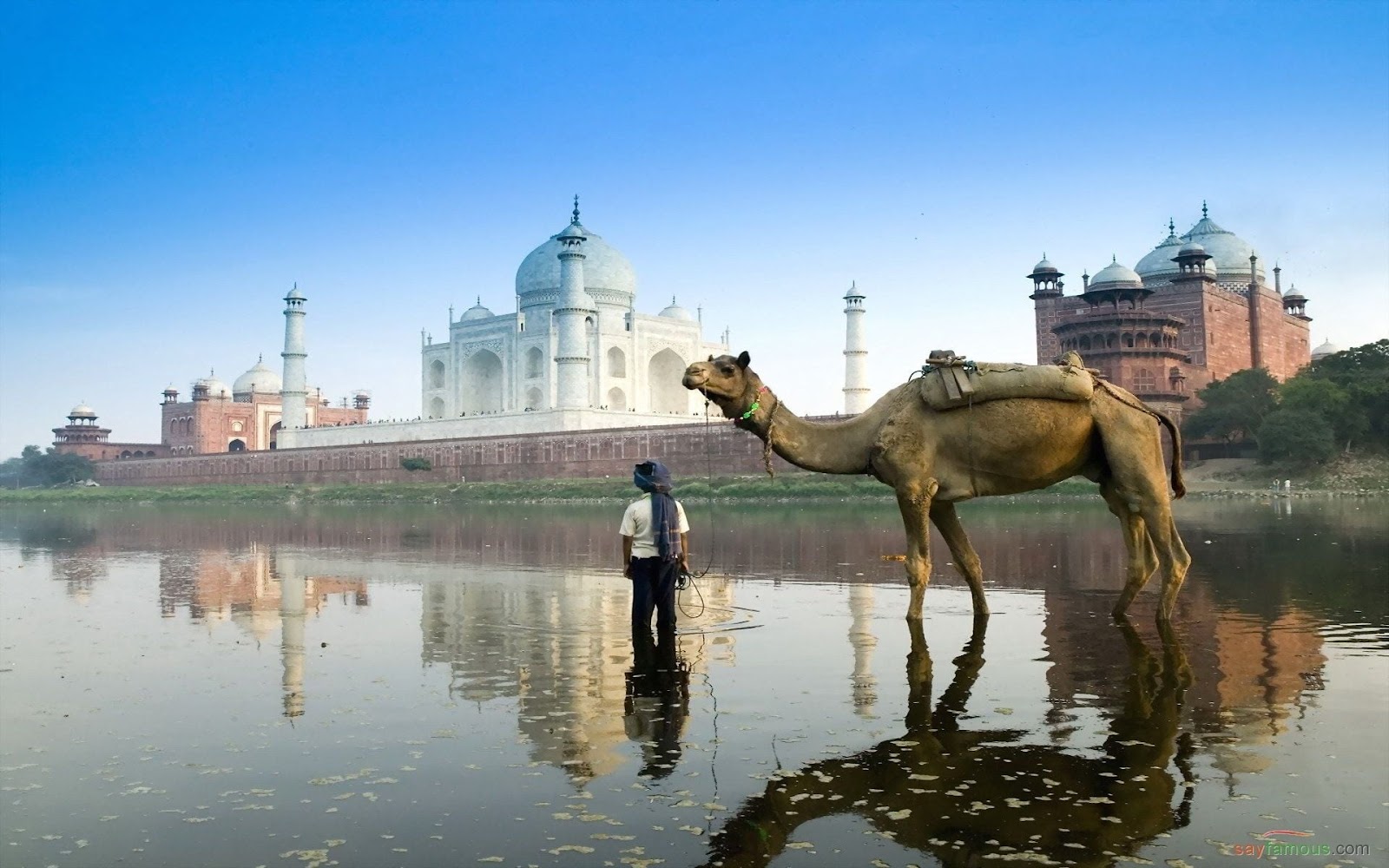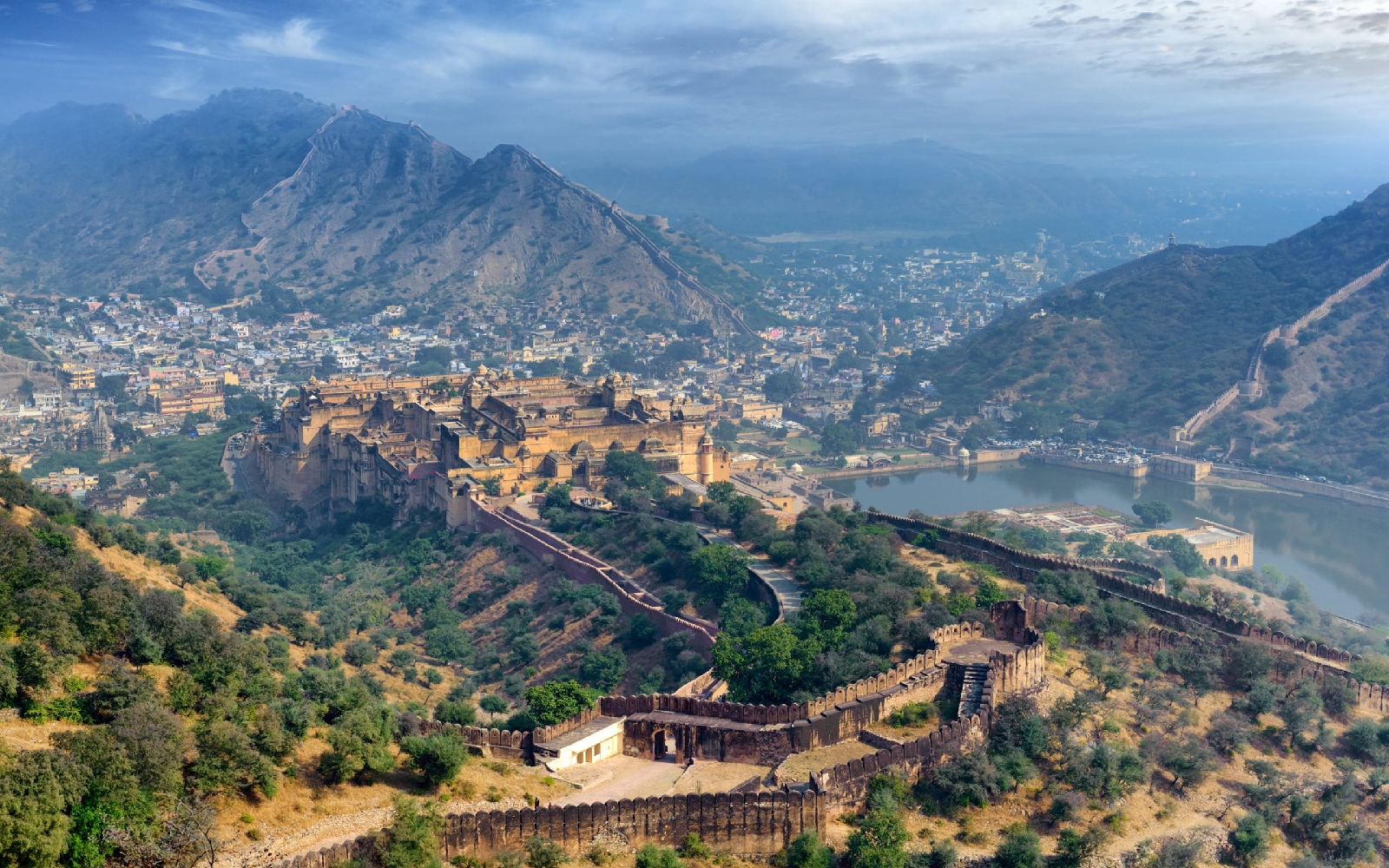Title:
The Taj Mahal: Unveiling the Timeless Love Story and Architectural Wonder
Introduction:
Perched on the banks of the Yamuna River in Agra, India, the Taj Mahal stands as an enduring testament to the power of love and the pinnacle of architectural brilliance. In this blog, we delve into the captivating story behind the Taj Mahal, explore its architectural marvels, and trace its journey through history up to the present day.
1. A Love Story for the Ages:
The tale of the Taj Mahal begins with Emperor Shah Jahan and his beloved wife, Mumtaz Mahal. In 1631, tragedy struck when Mumtaz Mahal passed away while giving birth to their fourteenth child. Devastated by her death, Shah Jahan vowed to immortalize their love and create a mausoleum that would be unrivaled in its beauty. The construction of the Taj Mahal became the Emperor's ultimate expression of grief, love, and devotion.
2. Architectural Splendor Unveiled:
Construction of the Taj Mahal began in 1632 and took over 20,000 skilled artisans, craftsmen, and laborers more than 20 years to complete. Designed by Ustad Ahmad Lahauri, an architect of Persian descent, the Taj Mahal showcases a perfect fusion of Islamic, Persian, and Indian architectural styles. The use of white marble from Makrana, Rajasthan, intricately carved floral patterns, calligraphy from the Quran, and inlay work of semi-precious stones add to its mesmerizing allure.
3. A Symbol of Eternal Love:
The Taj Mahal's grand entrance gate leads visitors to the breathtaking central mausoleum, which houses the tombs of Mumtaz Mahal and Shah Jahan himself. The cenotaphs of the couple lie side by side, adorned with intricate marble carvings and delicate ornamentation. The architectural precision ensures that the Taj Mahal remains perfectly symmetrical, even down to the positioning of the minarets on each corner of the platform.
4. Historical Journey and Preservation:
Over the centuries, the Taj Mahal has witnessed various political changes, including the decline of the Mughal Empire and subsequent restoration efforts. In the 19th century, the British viceroy Lord Curzon initiated significant restoration work to preserve the monument's grandeur. In 1983, the Taj Mahal was designated as a UNESCO World Heritage site, further highlighting its cultural and historical importance.
5. Present-Day Significance and Tourism:
Today, the Taj Mahal stands as one of the world's most recognizable and visited landmarks, attracting millions of tourists each year. Its architectural grandeur, romantic aura, and breathtaking surroundings make it an iconic symbol of India's rich cultural heritage. The site has undergone careful conservation efforts, including periodic cleaning, restoration, and measures to combat pollution and environmental degradation.
Conclusion:
The Taj Mahal is not merely a mausoleum; it is a timeless masterpiece that immortalizes an extraordinary love story. From its poignant beginnings to its enduring presence, the Taj Mahal captures the imagination of people from all walks of life. As it stands tall, its ethereal beauty continues to inspire awe and reverence, reminding us of the power of love and the boundless heights of human creativity. The Taj Mahal remains an indelible symbol of India's architectural excellence, cultural heritage, and everlasting devotion.



Comments
Post a Comment